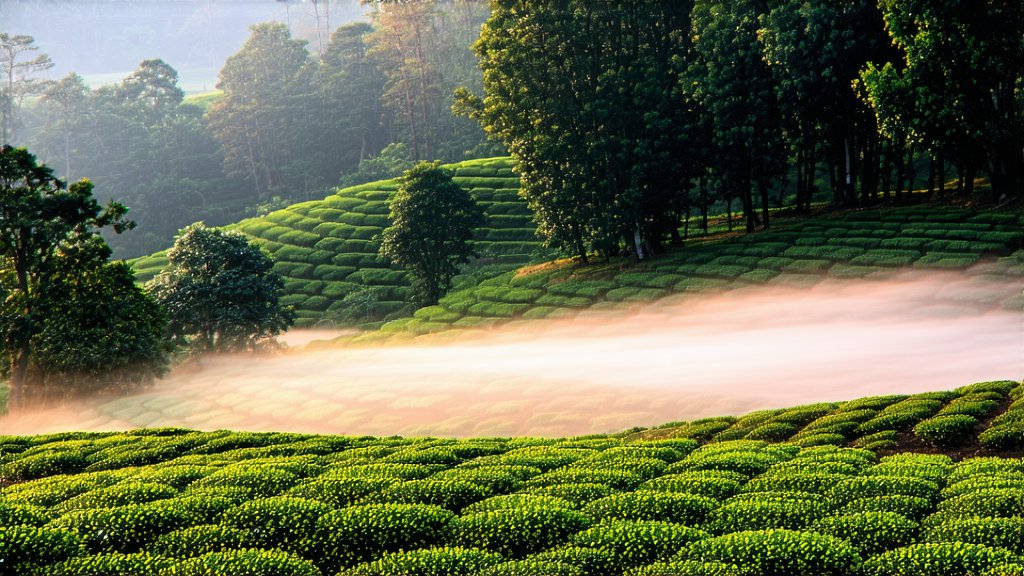
Nestled in the heart of Hangzhou, Zhejiang province, lies a treasure trove of Chinese tea culture that has been enchanting connoisseurs for centuries—Dragon Well (Longjing) tea. This enigmatic green tea, also known as "Longjing" after the ancient well near which it is said to have been discovered, stands as a testament to China's rich tea heritage and its unparalleled mastery in tea cultivation and processing. In this exploration, we embark on a journey through the history, varieties, meticulous crafting process, and the art of appreciating Dragon Well, offering an invitation to international readers to discover the subtleties and depth of this exceptional brew.
A Glimpse into History
The origins of Dragon Well tea are shrouded in legend and folklore, tracing back over a thousand years to the Tang Dynasty (618-907 AD). According to one tale, during a visit to the West Lake area, Emperor Kangxi of the Qing Dynasty tasted a local tea so exquisite that he likened its flavor to the water from the Dragon's Well, thus naming it Dragon Well tea. Its reputation grew rapidly, becoming not only a favorite among emperors but also earning accolades in international expositions, cementing its status as a symbol of Chinese tea excellence.
Varieties of Dragon Well
While Dragon Well primarily refers to a specific type of green tea, there exists variation within this category based on geographical location and subtle differences in processing techniques. The most renowned is West Lake Dragon Well, grown around the picturesque West Lake region. Other notable varieties include Meijiawu Longjing and Yingshan Street Longjing, each bearing distinctive characteristics influenced by their unique terroir and microclimate.
The Art of Crafting Dragon Well
The magic of Dragon Well tea lies in its artisanal production methods, which have remained largely unchanged for centuries. Harvested in early spring when the leaves are tender and rich in nutrients, the process begins with careful handpicking of the youngest shoots and leaves. These are then subjected to a series of intricate steps:
- Fixation: Freshly picked leaves are quickly pan-fired in large woks to halt oxidation, preserving the vibrant green color and fresh aroma.
- Shaping: Through continuous rolling and pressing, skilled tea masters transform the leaves into their iconic flat, sword-like shape, resembling the movement of a dragon playing with a pearl.
- Drying: Finally, the shaped leaves undergo gentle drying to remove excess moisture, ensuring they remain crisp yet brittle, ready for brewing.
This labor-intensive process requires not only precision but also an intimate understanding of the tea and its nuances, passed down through generations of tea farmers and artisans.
The Dance of Appreciation
To truly appreciate Dragon Well tea is to engage in a sensory symphony that transcends mere consumption. Here’s how to embark on this ritualistic experience:
- Preparation: Use water just below boiling point (around 80°C/176°F) to avoid scorching the delicate leaves. Rinse the teapot and cups with hot water to warm them up.
- Infusion: Place approximately 3 grams of loose leaves per 150ml of water into a Yixing clay pot or glass vessel for visual pleasure. Steep for about 1-2 minutes, adjusting based on personal preference.
- Observation: Watch as the leaves gracefully unfurl, releasing a pale jade hue into the water. The aroma, a harmonious blend of roasted chestnuts and fresh vegetal notes, fills the air.
- Tasting: Sip slowly, allowing the tea to coat your palate. Note the initial sweetness followed by a lingering umami finish, a hallmark of Dragon Well tea.
- Reinfusion: Dragon Well can be resteeped multiple times, with each infusion revealing new layers of flavor and complexity.
Dragon Well tea is more than just a beverage; it embodies the philosophy of harmony between man and nature, tradition and innovation. As you savor each cup, let it transport you to the misty hills of West Lake, where every sip whispers stories of ancient wisdom and the timeless artistry of Chinese tea culture.